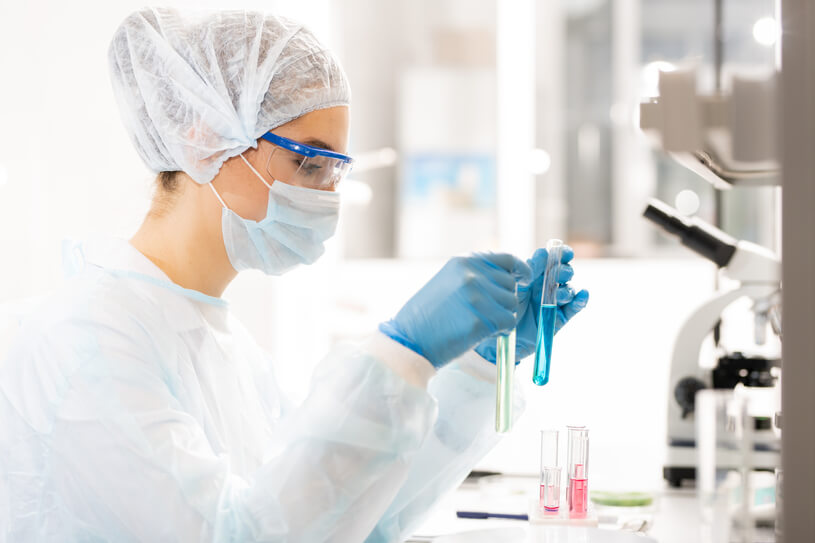Determining autoantibodies is very useful in clinical diagnostics. Indirect immunofluorescence (IIF) on Hep-2 cells is useful in the diagnosis of diseases such as lupus, connective tissue diseases, liver diseases and other autoimmune diseases. IIF on triple rat substrate (liver, kidney and stomach) is the most commonly used technique to identify antibodies to antimitochondria (AMA), smooth muscle (ASMA), anti-LKM, antireticulin (ARA) and antiparietal cells (APC).
The most commonly used technique to detect antiendomysial antibodies is IIF on monkey oesophagus, and it is very useful in the diagnosis and monitoring of celiac disease.






